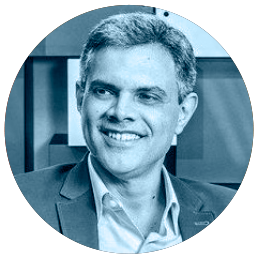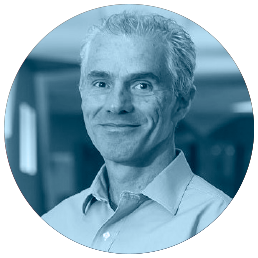This concept expresses a version of the top executives of companies that function as a key ambassador to political, social or cultural issues that are not related to the business of their companies.
THE ACTIVIST CEO
Faced with an environment dominated by hypertransparency and the need to give a face to storytelling and story doing, the need arose that the most visible head of the company for the development of the business was also for the brand. The concept was built at Harvard, after Tim Cook, CEO of Apple, demonstrated in 2015 against a Religious Freedom Act in Indiana, United States.
In the midst of boiling, this trend matured quickly in the United States in the face of the political-social phenomenon of the arrival of Donald Trump to power. Coincidentally, or not, the conquest of the White House by an outsider from the business world was the breeding ground for, in a very short time, the activist CEO to go from being an incipient phenomenon to a trend throughout the country. From environmental debates, through social rights and voting, large companies began to take a position through their CEO as the top leader in the company’s discourse.
In building a successful activist CEO model, several challenges are recognized so that greater participation does not lead to more problems for the company:
- The definition of a purpose: the CEO, as an activist, has to follow a coherent line previously built on the company’s philosophy.
- Focus on key issues: The activist CEO cannot and should not talk about everything. The company must respond or position itself on certain key issues, aligned with its business competencies or values.
- Establish a reputational risk assessment system: activist CEOs do not act alone; behind must be a scaffolding ready to assess stakeholder expectations and measure the potential impact of a CEO’s public position.
- Implement a governance model of the management of interest groups: Stakeholder capitalism can become a nightmare if it is not accompanied by a stakeholder governance scheme.
- Reinforcing compliance: An activist CEO means more public exposure, and greater public exposure generates stricter scrutiny over the company. In short “walk the talk” as they say in North America, or do what you preach.
Good practices:
João Paulo Ferreira
CEO, Natura & Co.
Latin America
As the company’s leader since January 2020, Ferreira took the fight against deforestation and climate change head-on. In line with the company’s philosophy, Ferreira continually states the importance of caring for the planet and states that economic development and environmental care are possible together.
His activism has led him to value efforts to protect the Amazon in Brazil, even stating that “not too much is being done to stop illegal deforestation“. “Stopping the illegal destruction of the Amazon is the responsibility of the government and is not negotiable. We need to demand actions in this direction”.
Simón Borrero
CEO of Rappi
At the head of one of the companies that have emerged best after the pandemic, Borrero has positioned himself beyond his role as an entrepreneur by promoting in the media the need to increase public spending to promote national development after the pandemic.
Borrero raises the theory of “big push”, and establishes a route through public economic policies based on “a massive investment program designed to promote industrialization and infrastructure construction” to generate sustained growth.
Gianfranco Ferrari
CEO of Banco de Crédito
del Perú (BCP)
Peru’s historic financial institution is led by a CEO who in the past year has spoken out on issues such as technological inclusion, access to education, or on national political issues of great social sensitivity.
As a most emblematic case, Ferrari demonstrated in the midst of a turbulent national juncture through the hashtag #DePie to join a campaign for democracy, free elections, the balance of powers, support for peaceful protest, university reform, and active citizenship.
Download the report
ONE
Leading Beyond the Business
This concept expresses a version of the top executives of companies that function as key ambassadors…
TWO
Automating the generation
of value
Without a doubt, the COVID-19 pandemic has had major impacts not only on health, but has accelerated…
THREE
models
Beyond the debate on data privacy, what big data use tells us is that any public information…
FOUR
Brands with purpose
The new reality of the business world has accelerated the internalization of a concept that has acquired great importance today: the best…
FIVE
Magnetism with talent
Talent is a continually evolving point of discussion. In parallel with social demands, recruitment, retention…
SIX
Those who doubled the bet
The COVID-19 in Latin America has particular characteristics common among the countries of the region…
SEVEN
Expanding networks
Interest groups refer to groups of people who are affected by a company’s operations and performance…
2.
THE MULTILATINA BRAND: A MARKET OF OPPORTUNITIES
In addition to the challenges and trends that multilatinas have, which only differ from global companies because of…
3.
CONCLUSIONS
After analyzing multilatinas and their business performance from a glocal perspective, starting from global trends to…







